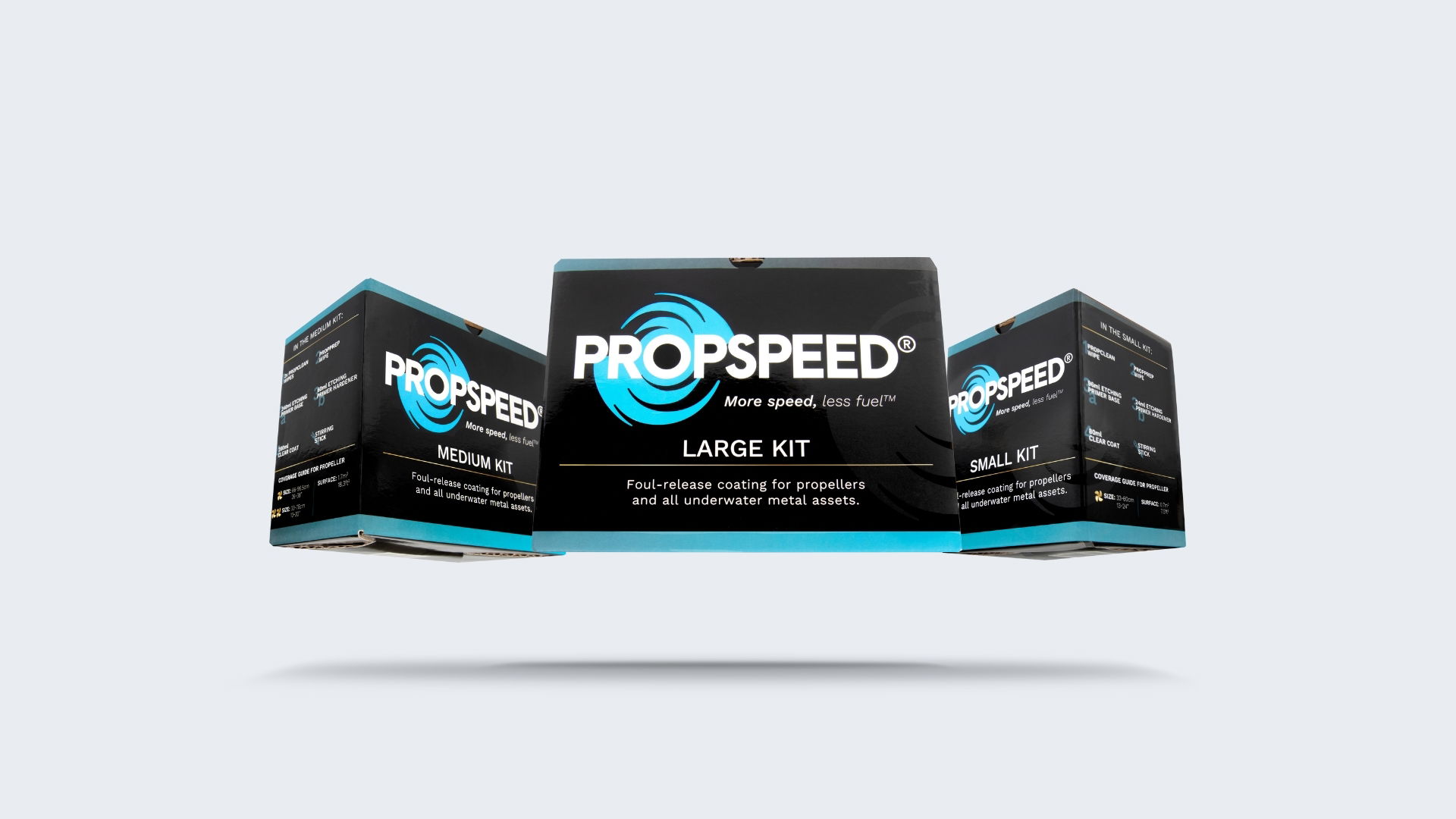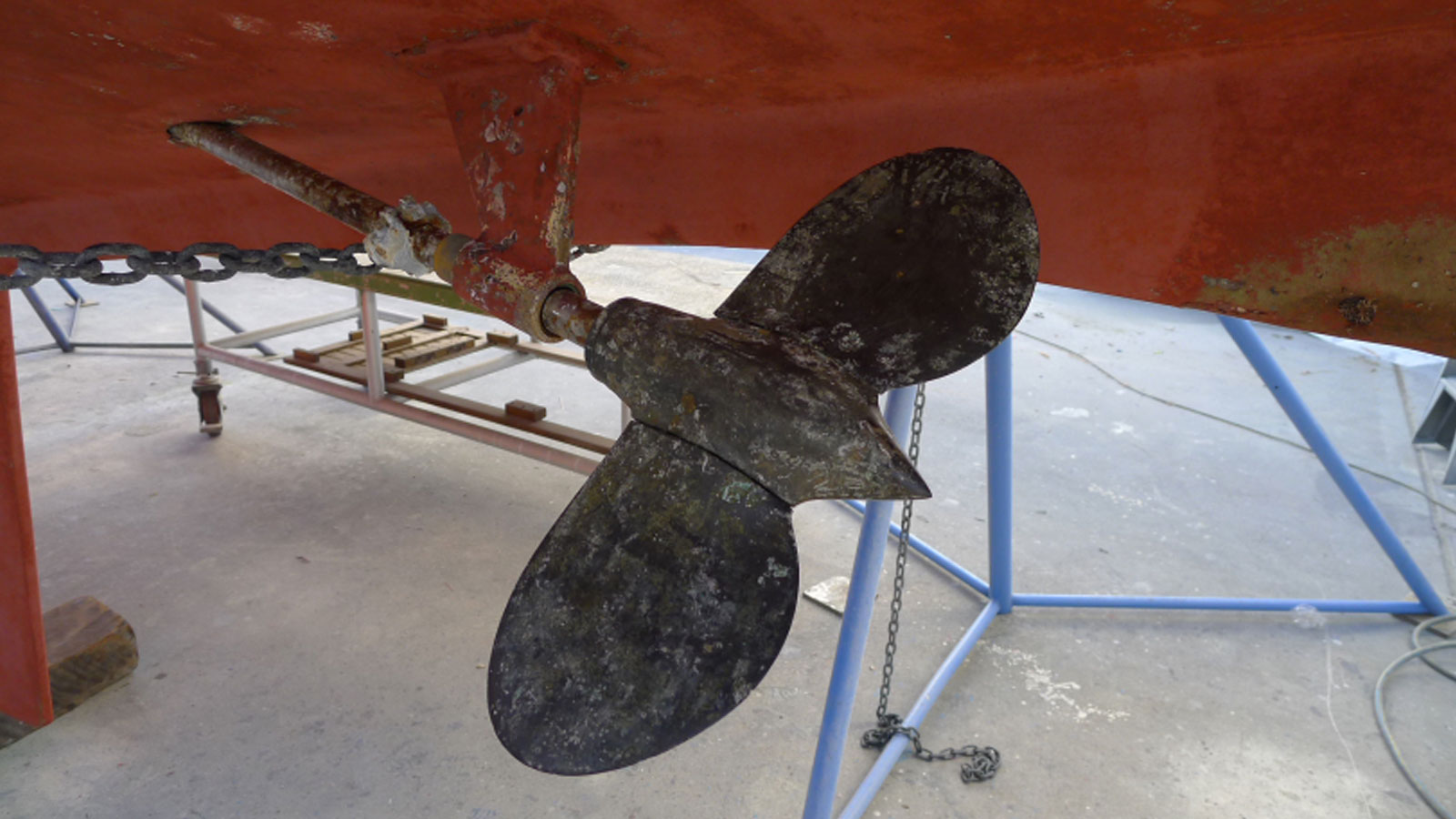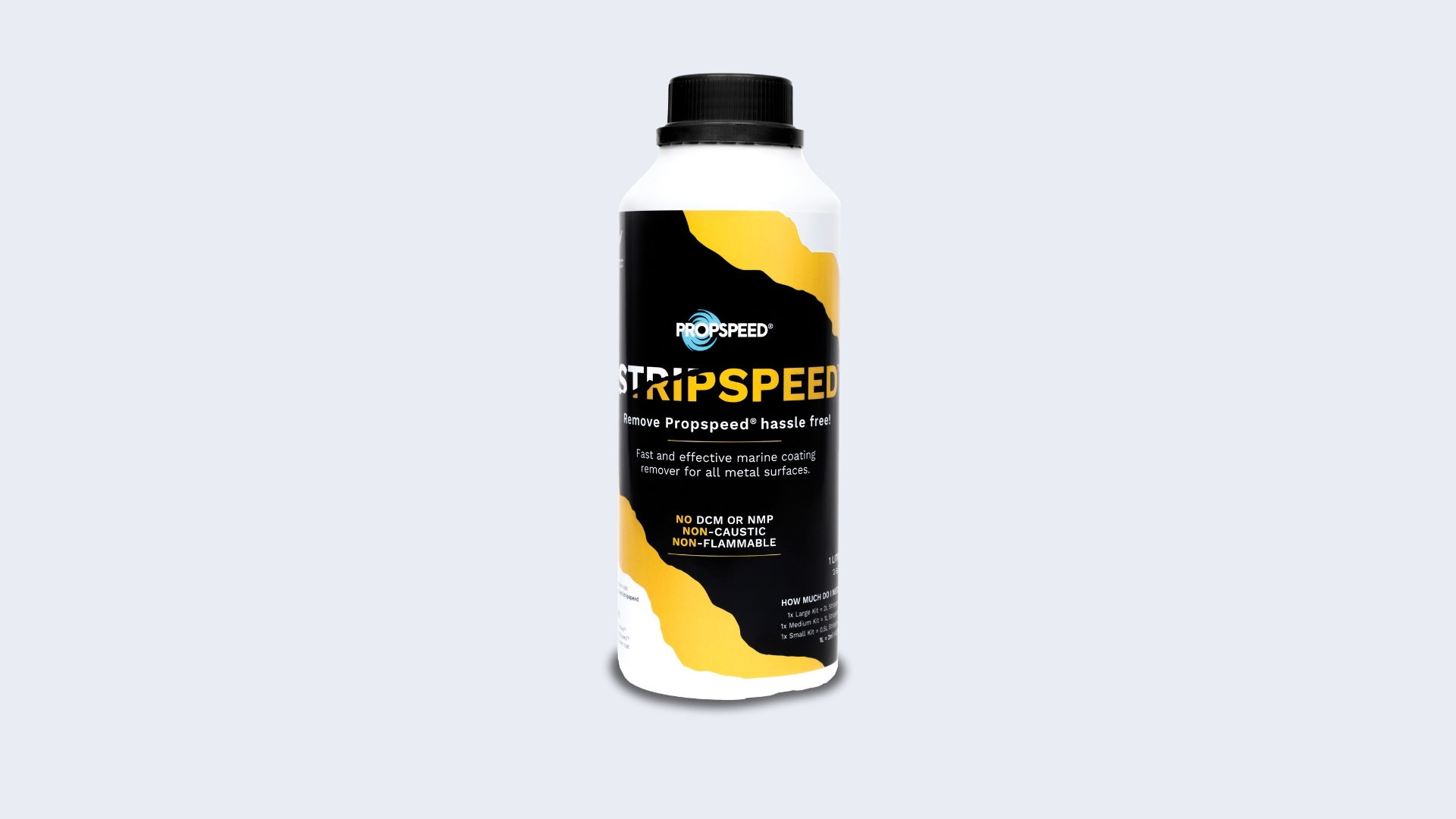
NEWS & ARTICLES
THE RELATIONSHIP BETWEEN COATINGS AND CORROSION
As we’ve seen coatings like Propspeed can greatly reduce the risk of corrosion on your vessel’s underwater metals. To best reduce the effects of corrosion you should have an active corrosion management plan. At Propspeed, we have seen firsthand the positive effects of a robust insulating coating system in preventing severe corrosion. When you consider that some of the most expensive and critical components of a vessel like shafts, props, pod drives, and outdrives are constantly under attack from corrosion, it makes sense to ensure you have the best protection available.
SUMMARY
Corrosion on vessels has plagued the maritime industry from the first day sailors began using metal components on boats. To understand how to mitigate the impacts of corrosion, we must start by understanding what corrosion is and how it is caused.

ABOUT
Corrosion on vessels has plagued the maritime industry from the first day sailors began using metal components on boats. Modern yachts and workboats have evolved over the years and today’s vessels have complex electrical and mechanical systems that rely on the integrity of their metal parts, as well as seals and connections that require reasonable maintenance schedules to keep both functioning and floating. All of this complexity has made it even more necessary to address the effects of corrosion. To understand how to mitigate the impacts of corrosion, we must start by understanding what corrosion is and how it is caused.
Underwater corrosion on a vessel is a result of the movement of ions from a solid (like your propeller) to a liquid solution (like the ocean). In what is called “wet cell corrosion”, you need four components: an anode or positively charged part, a cathode or a negatively charged part, an electrolyte or electrically conducting solution, and a connection between them. Remove one of these components, and the “cell” is broken, and corrosion cannot continue. There are three types of corrosion that are commonly seen in the marine environment: galvanic, electrolytic, and atrolytic (also known as crevice corrosion). Let’s look at how using coating systems combined with good cathodic protection can isolate or reduce any one of these four essential components in each of the types of corrosion.

Galvanic corrosion is the result of having dissimilar metals in contact with the same electrolyte. The perfect example of this situation is a bronze strut holding a stainless shaft connected to a NiBrAl propeller. Soak all of those dissimilar metals in the salt bath of the world’s seas, add a bit of electrical potential between them and you have an inefficient but nonetheless damaging wet cell battery. If we think back to the Periodic Table, recall that the placement of each element had significance in terms of how they were related to each other. Certain metals are more stable than others, and the less stable metals in a system will corrode (lose some of its ions) protecting the more stable metals. This is the principle behind your traditional anode system on nearly every vessel – a ‘sacrificial’ anode of zinc, aluminum, or magnesium will be bonded to a more stable material (like your stainless shafts) to allow the cheap, replaceable anode to corrode and save the expensive stainless shaft. While the anode is an essential part of this system, we can go a step further in preventing corrosion by adding a protective coating. Coatings can isolate the metal, significantly reducing the conductivity of the component. Silicone foul-release coatings such as Propspeed prevent growth from being able to adhere to a surface due to hydrophobicity (creating a slick surface). Consequently, the silicone polymers used in these coatings do not contain any conductive material and therefore act as a superior insulator. In short, insulating a metal underwater from either the water itself or the surrounding metals will greatly reduce the rate of corrosion.
We know that metals all by themselves can corrode just being in contact with each other, but what happens when we introduce electrical current? Enter electrolytic corrosion, sometimes called electrolysis. This happens when stray currents, either from a marina, another vessel, or poorly bonded systems on the vessel itself induces a current into the water. With induced current electrolysis, like a severe current leak in a marina, the best thing to do is remove the source of the stray current. Of course, this isn’t always possible, so instead, we can add sacrificial anodes to bonded metal surfaces. However anodes will only partially solve the problem as once an anode is degraded, the corrosion will begin to attack a more stable metal. Therefore we still need to isolate one of the metal components in order to break the galvanic cycle. Just like in the example of galvanic corrosion, we need to reduce the electrical potential of the surface we want to protect. Traditional antifouling can achieve this to a degree, but they are typically still conductive enough for there to be a voltage difference. This is another scenario where Propspeed is a vastly superior insulator to traditional paint systems and will be effective in isolating the component from the electrolyte. Electrolysis can be severe, causing lots of headaches for the vessel operator, so choosing a good cathodic protection system along with coatings that compliment it can go a long way towards eliminating the problem.

Atrolytic corrosion is the last type that is common in the marine environment. This happens in a small, tight area such as the threads of a screw fitting or shaft seal where a small amount of water is trapped between two metal surfaces. In these cases, coatings can often be the only barrier to the corrosion occurring, however, it is not always practical to coat close mating surfaces. Manufacturing processes like anodizing, where a very thin layer of aluminum oxide, which is non-conductive is bonded to aluminum surfaces. This serves the purpose of breaking the circuit and isolating the metal surfaces. Coatings like Propspeed are a good preventative measure in keeping crevice corrosion at bay, but due to the close contact of mating surfaces, it’s always a good idea to closely inspect any trouble areas.

As we’ve seen coatings like Propspeed can greatly reduce the risk of corrosion on your vessel’s underwater metals. To best reduce the effects of corrosion you should have an active corrosion management plan. At Propspeed, we have seen firsthand the positive effects of a robust insulating coating system in preventing severe corrosion. When you consider that some of the most expensive and critical components of a vessel like shafts, props, pod drives, and outdrives are constantly under attack from corrosion, it makes sense to ensure you have the best protection available.
Visit Marine Protection Systems, the corrosion experts, to learn more about corrosion and correct anode selection to ensure the best efficiencies and performance for your vessel.
- Category Article
- Technical Article Coatings & Corrosion
INDUSTRY NEWS & EXPERT ARTICLES
Explore our key strategic partnerships, expert articles, endorsements from industry-leading OEMs and more.









